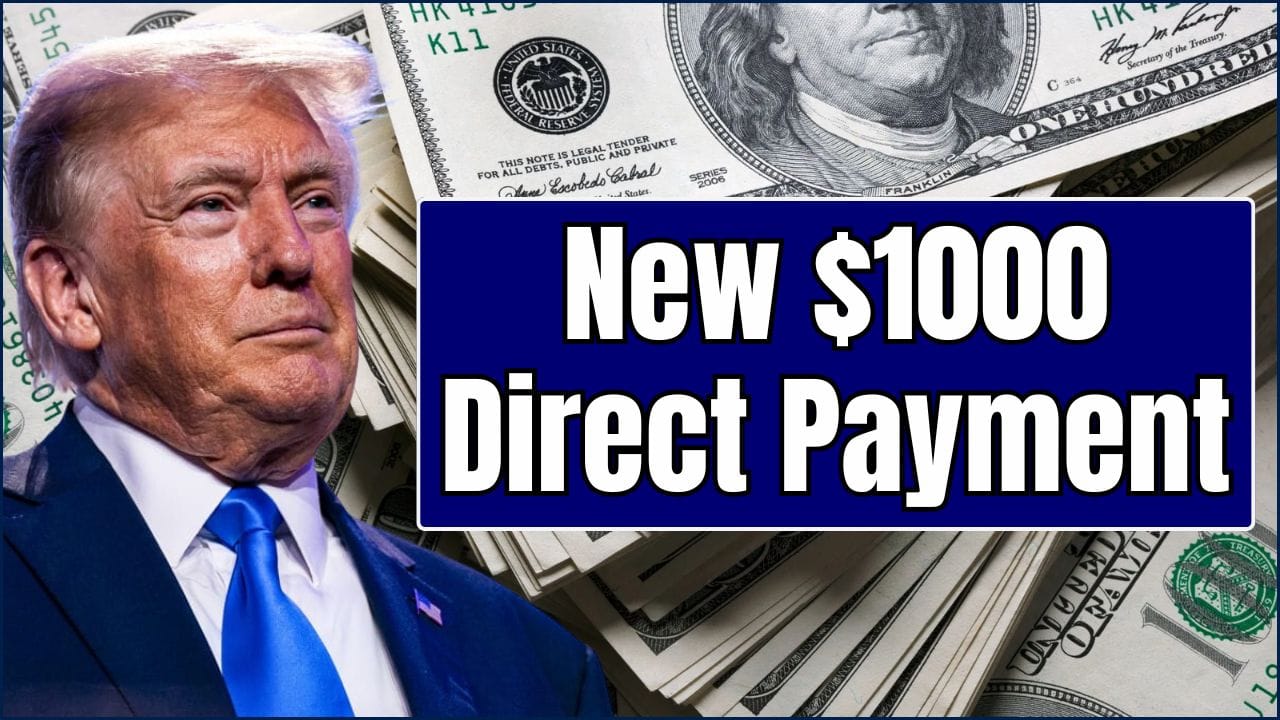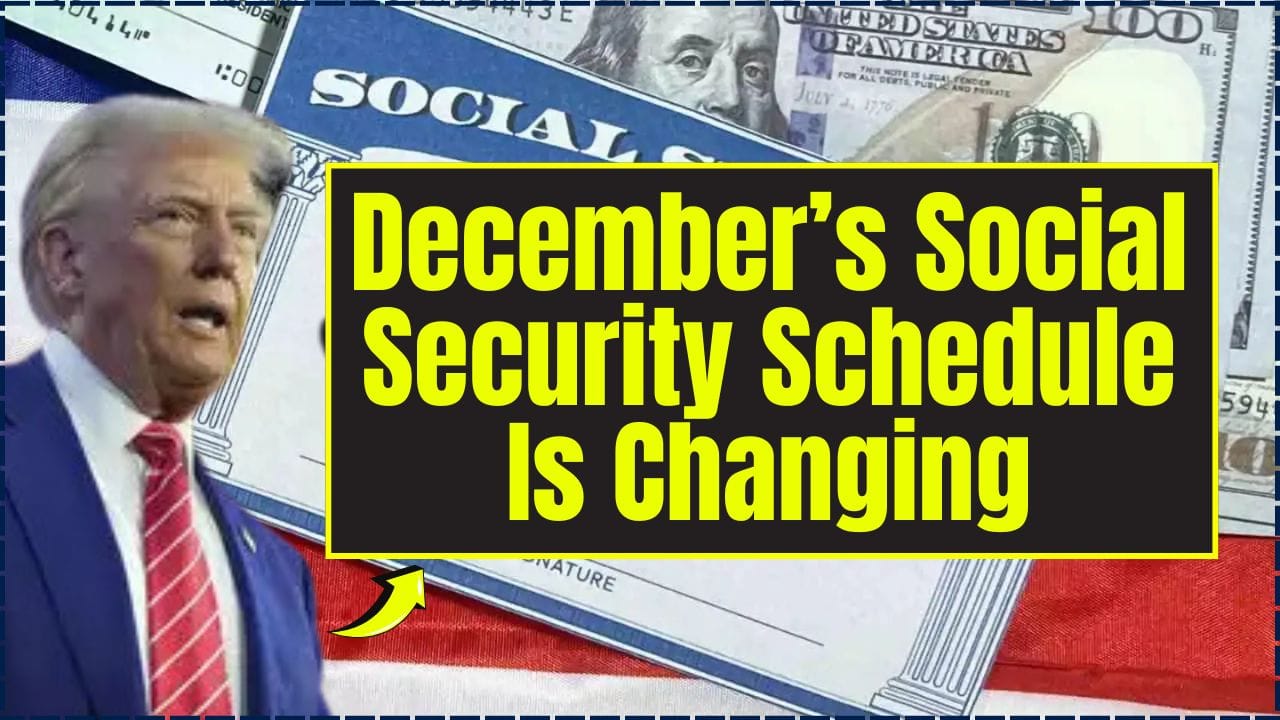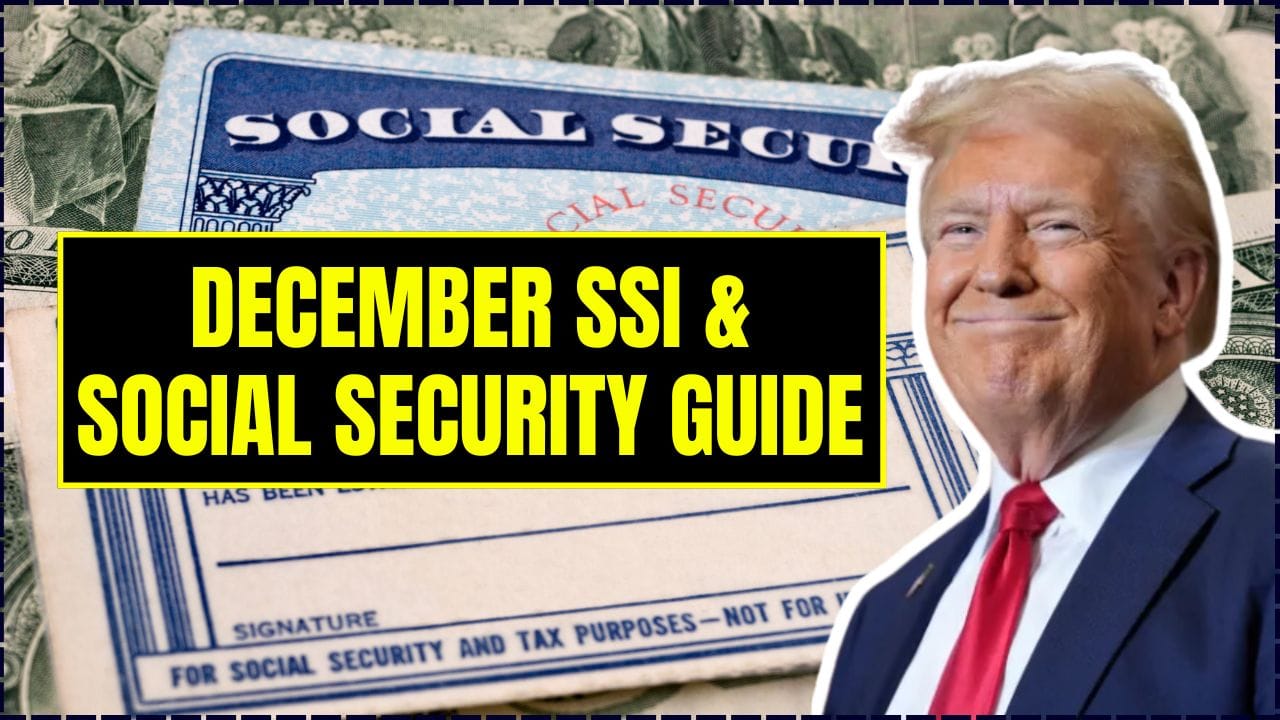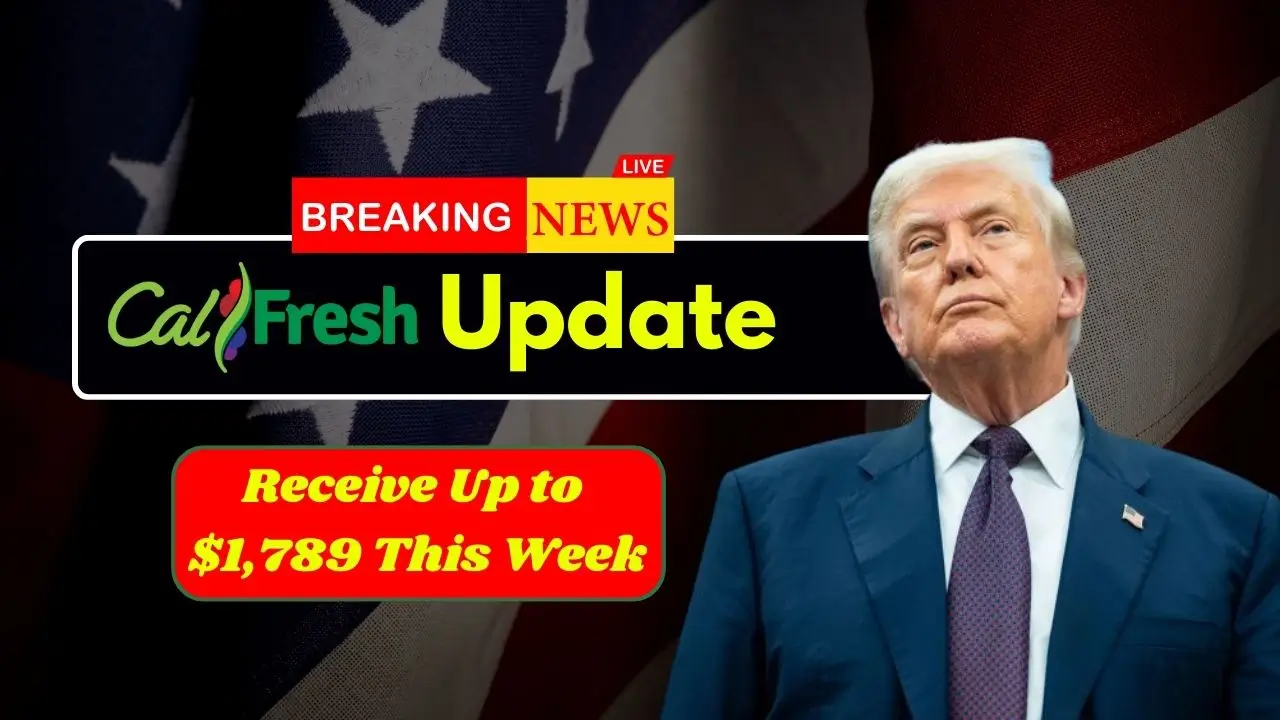
The U.S. Department of Agriculture (USDA) has announced it will not deploy its emergency contingency funds to maintain SNAP benefits during the ongoing government shutdown, raising fears of imminent SNAP cuts that could affect more than 40 million Americans next month.
SNAP Cuts Incoming
| Key Fact | Detail / Statistic | Source |
|---|---|---|
| Number of Americans on SNAP | 41 – 42 million | USDA |
| Contingency fund balance | $5.5 billion | Reuters, Oct 24 2025 |
| Benefits at risk for November | Up to 25 states preparing for delays | Politico, Oct 30 2025 |
| Possible judicial intervention | Federal judge considering order to release funds | Washington Post, Oct 30 2025 |
USDA Defends Decision to Withhold Emergency Funds
In an internal memo obtained by Reuters, the USDA said it would not use the $5.5 billion contingency fund to maintain the Supplemental Nutrition Assistance Program (SNAP) in November, arguing the fund “is not legally available” for regular monthly benefits during a funding lapse.
The agency described the fund as reserved for “true emergencies,” such as natural disasters or sudden food supply disruptions, rather than budget impasses caused by a congressional stalemate. A USDA spokesperson said the department “continues to monitor legal and operational options” but must “follow the law as written.”
Millions Could See Food Benefits Halted or Delayed
At least 25 states have warned they may need to pause or reduce SNAP payments beginning November 1 unless federal intervention occurs, according to Politico. Governors in several states, including New York, Illinois, and California, have urged Washington to act swiftly.
New York Governor Kathy Hochul declared a state of emergency this week to provide $65 million in emergency food-bank funding as a temporary cushion for residents losing federal support, according to The Guardian.
“Families should never have to worry about whether they can put food on the table because of dysfunction in Washington,” Hochul said in a public statement.
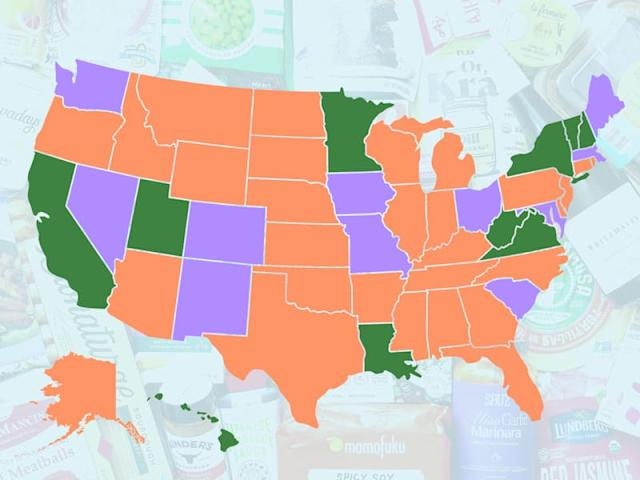
Legal and Political Battle Over Funding Authority
On Thursday, U.S. District Judge Indira Talwani indicated she may order the USDA to release part of its contingency reserves to sustain minimal benefits, according to The Washington Post. Talwani stated that while she had not yet issued a ruling, “the harm to low-income households would be immediate and severe.”
Legal experts say the case could hinge on how courts interpret the USDA’s statutory authority during a shutdown. “The question is whether the department has discretion to prevent a humanitarian crisis when Congress fails to act,” said Dr. Laura Michaels, a public policy professor at Georgetown University.
The White House has so far declined to intervene directly, maintaining that only Congress can authorize spending once appropriations lapse. The administration has instead urged lawmakers to pass a short-term funding bill.
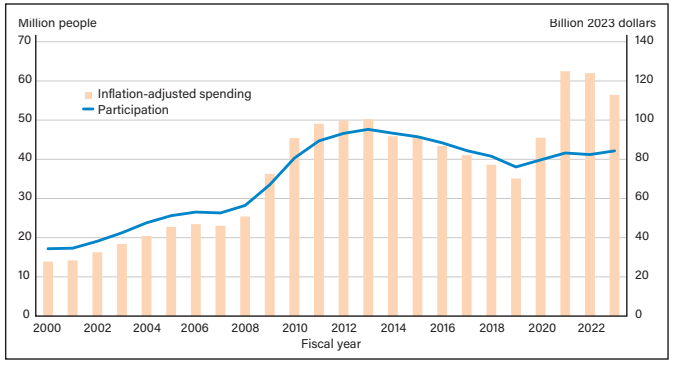
Food Assistance Programs Brace for Strain
Without federal funds, food banks and local aid groups are preparing for an influx of demand. The Feeding America network warned that pantries across multiple states are already stretched thin.
“This will be the largest disruption to food aid in over a decade,” said Claire Babineaux-Fontenot, CEO of Feeding America. “Even a short lapse could push millions into hunger.”
Economists at the Center on Budget and Policy Priorities (CBPP) estimate that a full-month suspension of SNAP benefits could remove more than $6 billion from local economies, since most households spend benefits quickly at neighborhood grocers.
Congressional Deadlock Leaves Future Unclear
The 2025 government shutdown, now entering its fifth week, has left multiple federal programs without appropriations for fiscal 2026. Negotiations between the House and Senate remain stalled over competing budget priorities, including spending caps and foreign aid allocations.
Lawmakers from both parties have expressed concern about the human cost of inaction. Senator Debbie Stabenow (D-Mich.), chair of the Senate Agriculture Committee, said in a statement that “USDA has both the resources and moral obligation to act now.” Republican lawmakers counter that the administration should “respect fiscal law and await congressional appropriations.”
What Comes Next
If the court orders the release of funds, households could receive partial or delayed payments within weeks. If not, SNAP cuts will likely begin in early November, with cascading effects on hunger relief organizations, state budgets, and local economies.
Analysts warn that even a brief interruption could erode public confidence in the country’s food assistance program, one of the most widely used anti-poverty measures in the United States.
New USA Visa Restrictions for Censoring Americans Starting June 2025
FAQ
Q: What is the SNAP program?
The Supplemental Nutrition Assistance Program (SNAP) provides monthly food benefits to low-income individuals and families, administered by the U.S. Department of Agriculture.
Q: Why is SNAP funding threatened?
Because Congress has not passed a new federal budget, USDA says it lacks legal authority to distribute benefits without appropriations.
Q: Could the USDA change course?
Possibly. A pending federal court case could compel the department to use its emergency fund to issue partial payments.
Q: How soon could recipients feel the impact?
Without intervention, benefits may stop or be delayed as early as the first week of November.

